Looking at the iconic The Suicide Squad comics revamp that inspired James Gunn's film - nguyenanderfelve97
Looking the iconic The Self-annihilation Team comics revamp that inspired James Gunn's film
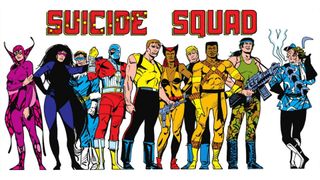
Author/director James Gunn has said numerous times that The Self-annihilation Squad picture show was modeled to be more succeeding with the classic Suicide Team comics, and piece the motion-picture show does well connected that note - rent's not forget those actual comics.
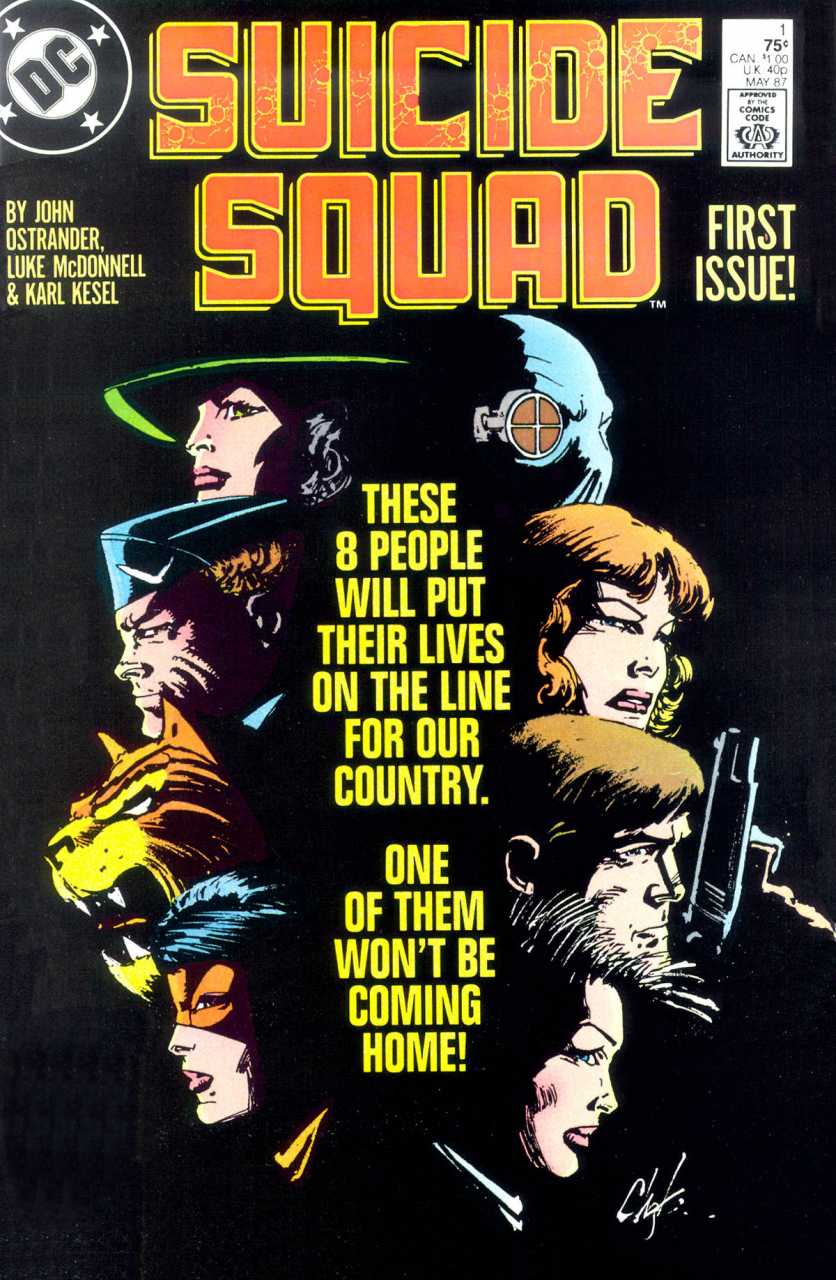
Launched in the wake of Crisis on Infinite Earths as a dramatic revamp of a disregarded '50s D.C. squad, the Suicide Squad A we know it was born retired of stories by writers Saint John Ostrander and Kim Yale University, on with artists much as Geof Isherwood, Todd Klein, and more. It's in the second issue of their Suicide Squad series that the tone of the dealership becomes clear, arsenic well as the template which each succeeding run and adaptations have strived to match.
Task Force X has been sent into Qurac in order to neutralize a terrorist group called the Jihad before they commit an attack on American soil. At the start, it seems like the mission might proceed smoothly, but merely for a careful every bit Plastic explosive tries to change sides just American Samoa soon as they survive inside the compound. Later, Throwing stick's battle with a member of the Jihad ends with the last mentioned toppling over a rail, down to their decease, capped polish off with a "Splat" SFX and in addition to this, he lets his fellow squad extremity Mindboggler die without qualification whatsoever effort to pull through her during their miss. When he regroups with the others at the extraction power point, he makes up a story about how he tried to.
What these three beats ensure is that the bet are not only introduced but made clear. Not only are these various criminals (and some well-meaning heroes) in danger of beingness killed just as quickly if they'Re not careful, but it is also evident that they're not a fully in-tune team. Instead, it's more an tout ensemble of volatile personalities, a quality that makes for a squeeze cooker of a run that always finds new slipway to explode.
The drastic reboot of Suicide Squad
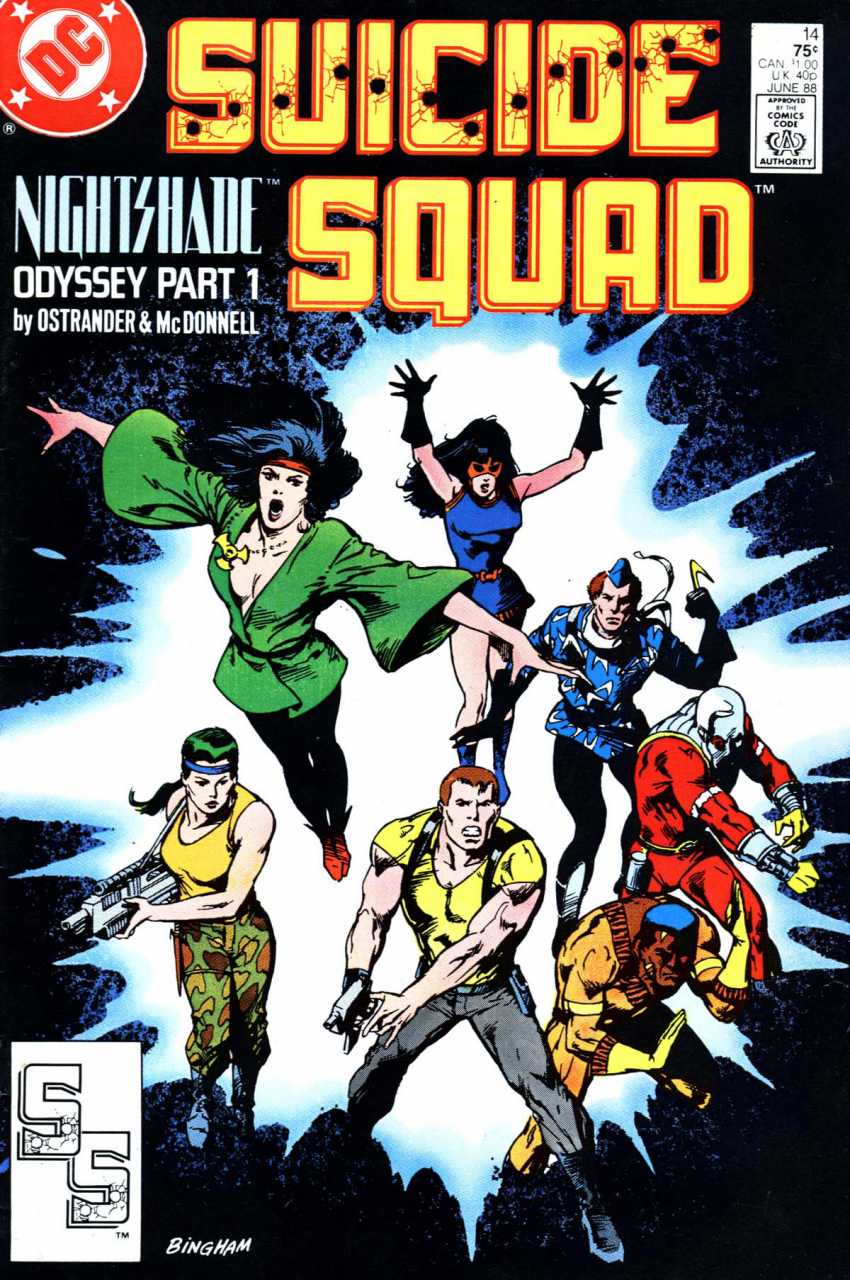
The Suicide Squad has its basis in the Articulate Age, leastwise in terms of the name, however it was writer John Ostrander in the '80s WHO transformed it into the version we roll in the hay today, with some moments being immediately translated from page-to-screen like Slipknot attempting to escape a mission alone for his bomb to explode. In concert with partner and ultimate co-writer Kim Yale plus a host of other collaborators – including primary penciller Geof Isherwood and letterer Sir Alexander Robertus Todd Calvin Richard Klei – this first volume ran for 66 issues as well A spun out a Deadshot limited series and sparked crossovers with a mass of books that ranged from Firestorm to Justice League International.
In-universe, the Squad is formed A a necessity to undertake dangerous missions that could hurt the USA's reputation in the eyes of the wider human race if they were to go wrong. But who would be consenting to coiffe this dirty work? Intimately, Amanda Waller sees it fit to use prisoners, WHO are "broken or bent-grass people". Operating out of Belle Reve Prison, their reward for self-made operations will make up fourth dimension inactive their sentence, goodbye A the perilous conditions don't get them first.
The Suicide Team integrates into the larger DCU
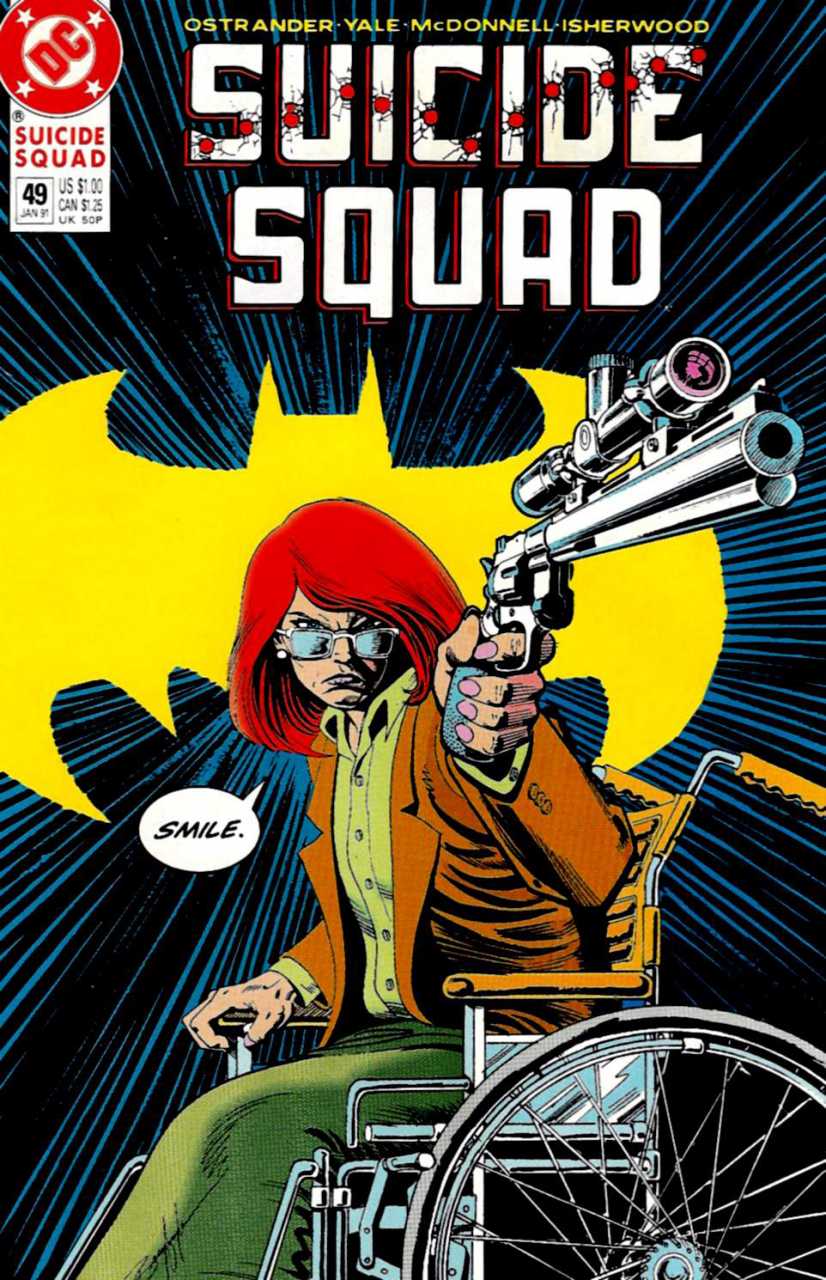
Instead than being subject matter to exist in the confines of the shadows, the creative team takes great efforts to ascertain that the Suicide Squad would be cemented as a major contribution of the DC Universe of discourse by the clock time they were through with and not reasonable a riff along the Dirty Dozen concept. To make out this, they enlisted a telephone number of existing characters, just non the big ones. Instead, they looked at ones that would be well-advised more C-heel (or take down); characters like Captain Boomerang who were created around a gimmick and that were usually treated as fodder for heroes like the Flash to tangle with for an issue, but never be then much of a terror to not exist defeated by the closing page.
To boot to Captain Throwing stick, Mindboggler, and Plastique, that first mission is undertaken by Turn Flag, Deadshot, Chromatic Tiger, and Femme fatale. Not wholly of them survive to the very end of the series for one reason or some other and to counteract this, other characters of a similar popularity level like Vixen, Shade the Changing Man, Poison Ivy, Count Lightheadedness, and more join in. These changes to the roster are non just for the sake of being able to market a new team to prospective readers, bear in mind you, they are the result of favourable through on the taxing nature of what information technology is to be component of a group that's seen as expendable. Information technology might non be the dangerous conditions of a mission that get matchless of them, just the mere threat of being disavowed and swept subordinate the rug advisement on them. Or it might be the question of if they're actually accomplishing any good when missions so frequently go awry and others [register: Boomerang] seem more dedicated to causing chaos.

What Ostrander and the team did was study these characters as gravely as they would the A-listers and commit to exploring the physical, emotional, and psychological states of their supporting players. These issues manifest in a multitude of ways. Rick Flag is motionless haunted by the end of his Church Father arsenic symptomless as a disastrous mission from when he was along the initial loop of the Silver grey Old age Squad which he barely walked away from. Enchantress can change between personas however the early identity becomes Thomas More powerful with each swap and runs the risk of assuming overladen control of the body. At one point, Deadshot loses his suit and has to contend with an identity crisis about who he truly is. Enumeration Vertigo hears voices of self-doubtfulness that egg him into committing suicide. Straight-grained Amanda Waller has to contend with the harm of losing her family to law-breaking, though the series doesn't sporty handle mentioning that cant equally doing the necessary bring to claim that it is about it. Throughout the run, the creative team employs Personnel office Files issues, which take place in the downtime 'tween larger missions, and puts the nidus on the efforts of Belle Reve employees doing their best to helper the members of the Squad.
The humor of the Self-destruction Squad
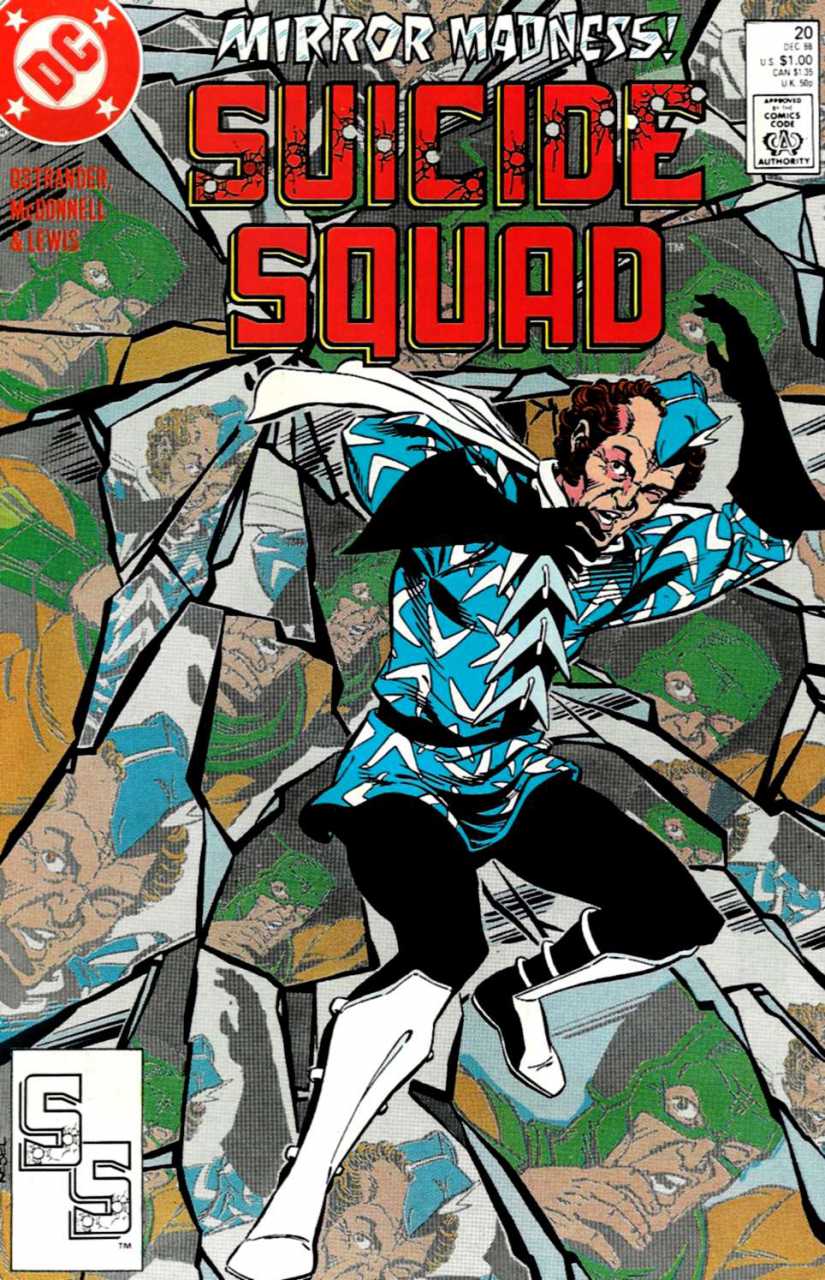
Now, complete of this sounds like dense and heavy thematic material to dig into and deal with. Which information technology assuredly is, but the creative team's deft soupco means they know how and when to interlard moments of levity to keep things balanced just likewise as they know how to keep indeed galore plates spinning and when to return to each one. The eccentric sense of humor is best showcased midway through the series when there's a recurrent mystery of who's throwing pies at various inmates and at one full point Waller itself. The act of being pied ofttimes comes when you (and the Squad) least expect information technology and even something as frivolous American Samoa this is a jolt of energy that keeps you on your toes.
Likewise, the missions themselves are never as straightforward as Waller hopes they are. Many of them are of a geopolitical nature and non just conveyed through made-up organizations like Checkmate and Task Pressure X. Ostrander and the creative team utilize the Cold War reality that they were living through as a source of breathing in, like with one such rude undertaking of the Squad seeing them sent into Soviet Union to extract a persuasion prisoner… only they don't want to be liberated as was assumed. Even President Ronald Reagan appears in the series every bit early as the second panel of Secret Origins #14, which serves A a prelude to the series proper by telling the tarradiddle that leads to the creation of the Squad.
Anchoring the entire serial across its many another issues is the notional team's genuine commitment to treating its composite aspects with the same level of grandness. So even as they ensure that their contemporary political context informs the series, they also fill out use of the sandbox available to them through situating this inside the DC Universe. The ordinal issuance, which takes place in the wake of the Qurac deputation we first discussed, sees the Female Furies attack Belle Reve, as per Darkseid's command. The Squad is already taking Malcolm stock of their losses and injuries from that mission and putting them sprouted against a force from the universe helps to show where they stand in the grand piano scheme, which is to say how a good deal these characters that are outmatched in their discordant efforts to fight down themselves.
The humanity of the Suicide Team

The way all of these threads and the series' intentions fall together can be seen 30 issues after when the Squad travels to Apokolips. Now, there's an understood understanding that the Self-annihilation Squad has get ahead situated in the DCU enough to be competent to hold a tale there, even off if they're ease the underdogs of the match-ups – it is quite an a sight to see Waller squarish adequate Granny Goodness and talk back to Darkseid. Of course, they also have some losses. One of these is Flo, one of Belle Reve's computer operators, which serves to cue the anthropomorphic be. The unusual however is Doctor Low-density, whose storey manages to represent the efforts of a person desperate to try and benefit, only also gets to indulge the serial publication' perverse humor by thinking he's going to Heaven for his efforts only to destruction up in hell.
All the same, on that point is no better example of the series' and creative team's dedication to the idea of rehabilitation than what they do with Barbara Gordon, who was Batgirl until Batman: The Violent death Trick was folded in the main continuity, which saw her paralyzed and vulnerable to undergo her disappearance into reconditeness. Ostrander and Yale bring her back into the fold in the configuration of Oracle, at archetypal a mysterious person (though at that place are clues) communication through the Belle Reve computers. She becomes more big o'er the run of the serial publication, eventually coming to own this new individuality and all that she dismiss still execute in her efforts to gain the world a better place. And atomic number 3 luck would have it, the identity perplexed in the universe until the 'New 52' rebooted much of it. Rather than proper forgotten, the creative team ensured a new mode forward for her. Characters might raise concerns throughout the run well-nig if the Squad is really accomplishing anything, and Boomerang's unwillingness to reform (albeit leading to some prime moments of the serial publication' laughs) can threaten to propose the Squad is a failed experiment but this arc shows that the conception of rehabilitation workings so retentive as the work is put in.
For all of the troubles faced concluded the course of the serial publication, the final mission goes pretty well and gives the Squad much time to slack before they head back to Belle Reve. Only they notice that Count Lightheadedness and Deadshot have snuck off. The last view is of the two as Deadshot points a gun at Vertigo, who's deciding if he really does desire to die. Information technology wouldn't be by his own hand down, but it would be suicide all the same. A tense beat passes at the two stand in that location, only for Vertigo to decide against IT. In the afterword, Ostrander and Yale explicate that they made this story decision because they wouldn't be able to follow out on the repercussions of Vertigo said yes. It is a perfect summing up to the run, exemplifying their commitment to the do of exploring the effects of who these the great unwashe are.
Take a deep plunge into all of this with Newsarama's oral history of the Suicide Squad .
Source: https://www.gamesradar.com/suicide-squad-original-comics/
Posted by: nguyenanderfelve97.blogspot.com


0 Response to "Looking at the iconic The Suicide Squad comics revamp that inspired James Gunn's film - nguyenanderfelve97"
Post a Comment